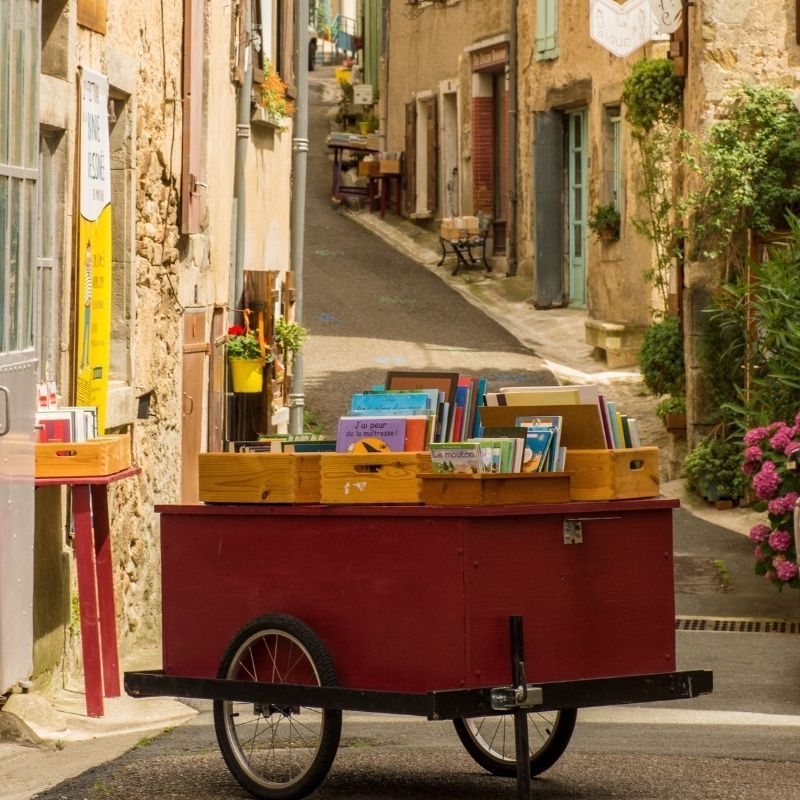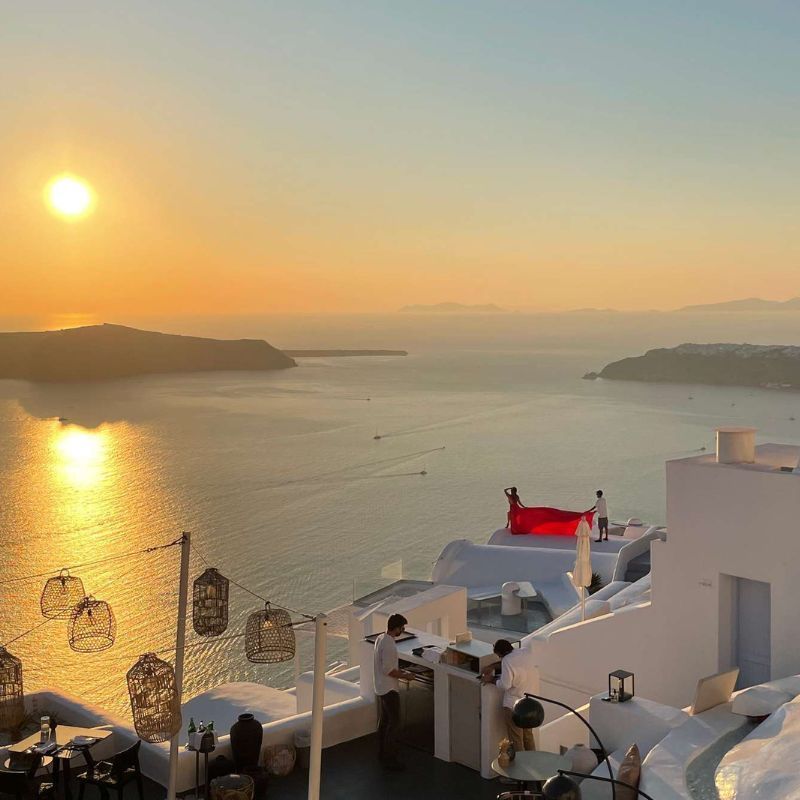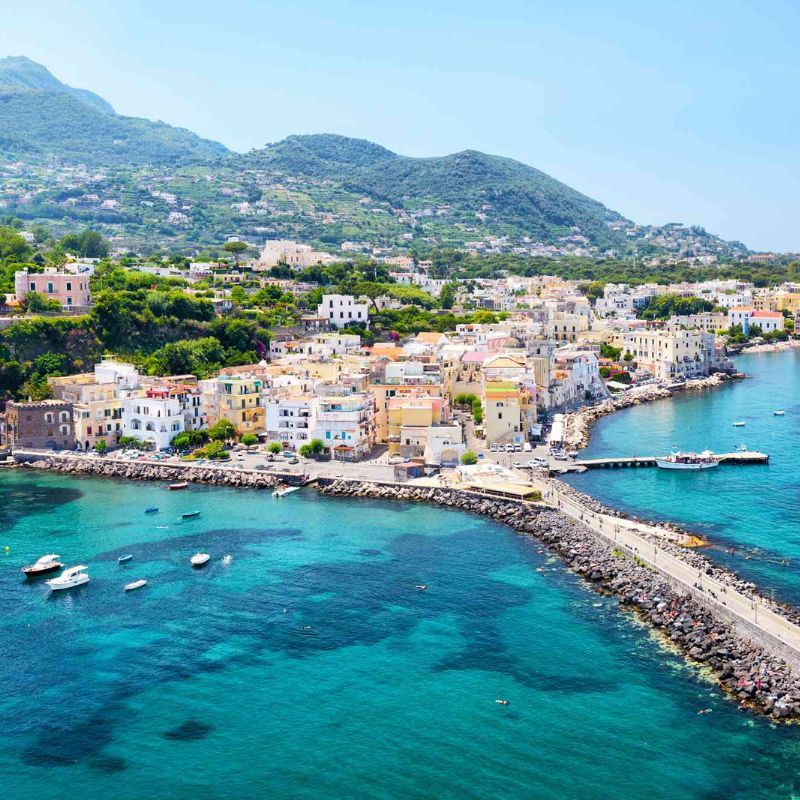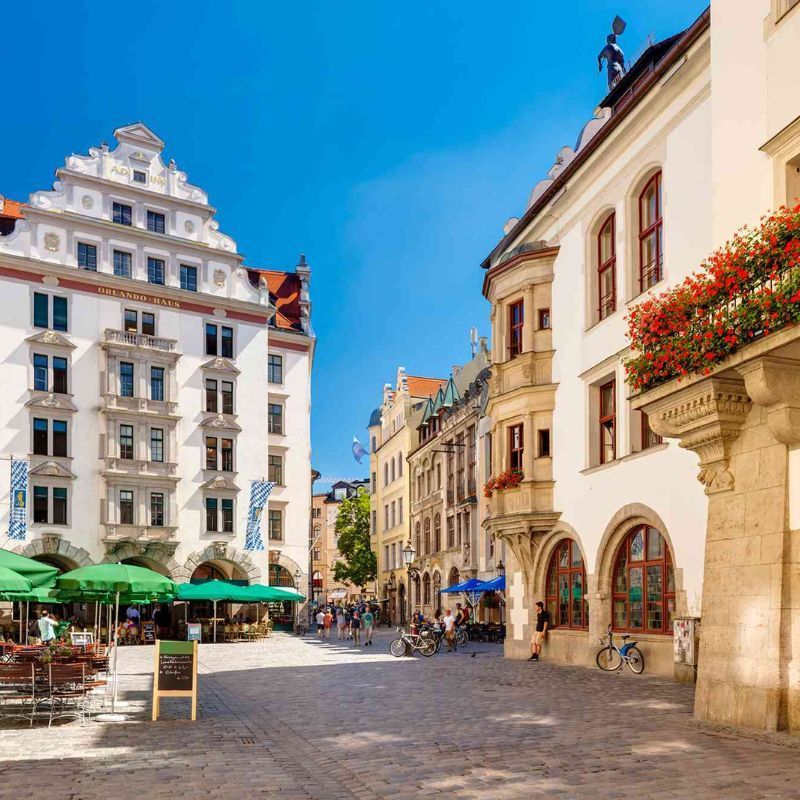
Andalusia’s Doñana National Park — an almost 270,000-acre expanse of wetlands, juniper-carpeted sand dunes, and forest — is too diverse for a drive-by, too vast to explore on foot. That’s why, on a bright spring morning, I was sitting on a young horse named Morito, who stood knee-deep in a rushing stream.
Breathing in the park’s sweet air, I reached under his mane and gave his neck a scratch as he drank the cool water. When he’d had his fill, I gathered my reins and Morito leapt up the bank, his coat glistening in the sun. One by one, our group of nine — hailing from France, Haiti, Spain, Sweden, Switzerland, and the US — let their horses pause for refreshment.
Back on dry ground, a grassland dotted with wildflowers stretched before us, and with our host María Elena Dendaluce in the lead, we broke into a run. When we reached a dappled patch of cork-oak trees, Morito cleared fallen branches with ease, keeping pace with a leaping red deer. Farther along, we spotted a wild boar family, the piglets snuffling for roots and nuts beneath a cluster of umbrella pines.
A guide to exploring this peaceful destination in Spain on a horseback

Soon after, we too stopped in the shade for sustenance. Under the trees, we savoured creamy local goat cheese, thinly sliced jamón ibérico, and a cold sherry from Jerez, the wine region just south of the park. Raising our glasses, we toasted our generous horses and Dendaluce’s guiding partner, Alfonso Gonzalo, who’d trained them.
It was the midpoint of our six-day immersion led by Equiberia Riding Holidays in the Andalusian countryside. I’d spent time in the region’s cities and towns before, but I’d longed to explore its wide-open spaces. Now, we were following a piece of the history-rich trail that is used during the annual Romería de El Rocío pilgrimage.
This religious rite has a traditional tie to horseback riders: starting in the 1600s, generations of riders and families in caravans would follow the route to the town of El Rocío to pay homage to the Lady of Rocío, a statue of the Virgin Mary. (El Rocío is known among equestrians as the “International Village of the Horse.”) Today, modern vehicles make the journey easier, but Dendaluce explained that, while cars or trucks could carry us farther and faster, they pose a threat to the park’s delicate habitat.
Our trip had begun in Utrera, a town just south of Seville, where a local farm with a clutch of elegant guesthouses served as our lodging for the first two nights. Its expanse of olive and orange groves — lush after a much-needed half-day of rain — provided a backdrop for the introductory rides that bonded us with our Spanish mounts.
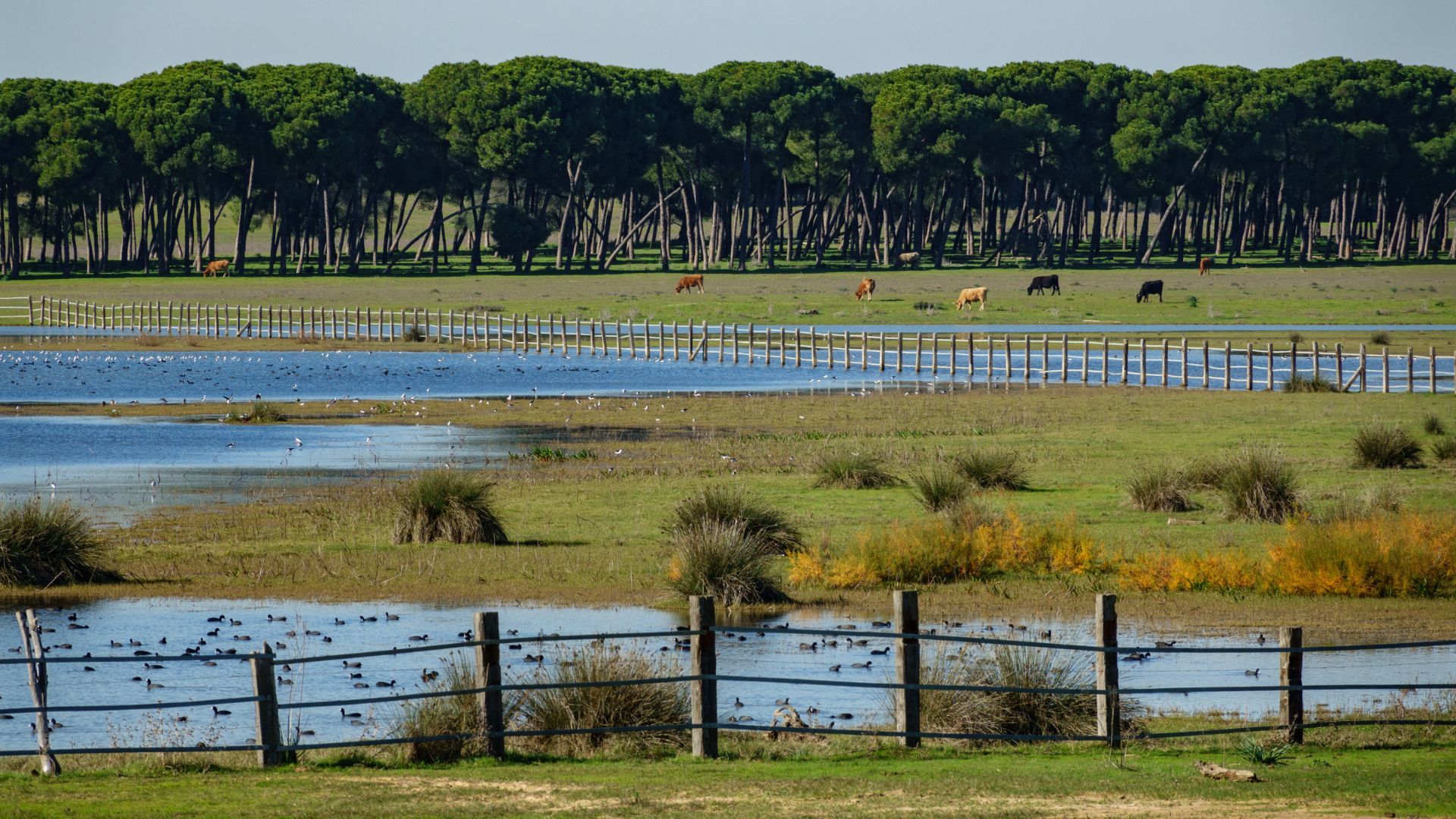
Together, we’d travel through Doñana National Park, ending at a sweep of the Atlantic coast called the Costa de la Luz. Every year, hundreds of thousands of ecotourists travel to the park, drawn by its fragile beauty. The region brims with wildlife, much of it rare. The Iberian lynx, for instance, was recently brought back from the edge of extinction thanks to a successful breeding program and measures taken to protect its territory. Herds of marismeña, one of Spain’s oldest breeds of wild horses, roam freely here. Some 6 million birds stop at its marshy ponds as they migrate from Europe to Africa and back.
On the sandy path, Morito’s fluid walk was silent, and our group fell into an awed hush. I turned my eyes to the sky and trees, hoping to glimpse a bee-eater, black kite, or imperial eagle. Even when I didn’t see them, I felt graced to be in their fleeting company.
Shop the best travel experiences here
As with many sensitive habitats around the world, Doñana is imperilled. The demand for water throughout southern Spain so far outstrips supply that wildlife populations are already at risk, according to a World Resources Institute report published last year. In fact, scientists predict that Doñana could become a desert in the next 75 years if current extreme weather patterns persist. During my visit, conversations with fellow riders often turned to concerns about droughts and wildfires that threatened the delicate terrain.
The response is a balancing act: overall park usage is closely monitored, along with trail conditions, and hotels are adopting more land-conscious practices wherever they can. In the town of Villamanrique de la Condesa, our group stayed at the eco-minded Ardea Purpúrea Lodge, which offers Doñana bird-watchers views of the forest and cabins roofed with bayonet grass collected from nearby marshes.
The next morning, we wove our way through fragrant maquis scrub — thick with rockroses, sage, and thyme — pausing at a fountain-fed watering trough overseen by a weather-worn sculpture of La Virgen. In a cool pine forest, our horses pricked their ears and flicked their tails, filtered light strobing the path before us. When the trail opened again to vast grassland, I could sense Morito wanted to run.

As we reached the coast, he burst out from the dry plains and onto the wild, wide-open beach. We galloped our last miles along the Atlantic’s cool break, the horizon glistening in refracted light. Our horses’ hoofprints — the only trace of our having been there at all — were washed away by the waves behind us.
Our group savoured our every step together, feeling, perhaps, a shared understanding of what research now demonstrates: travelling on horseback leaves people more peaceful, empathic, and social. The day before, we had stopped in El Rocío at a bar in the village centre with horse-height tables. In the air above us, swallows dipped across the sky. Dendaluce, sitting on Sevillano, her dapple grey, lifted a final glass of sherry, honey-gold in the sun. A toast to Doñana, she said: “Salud. Amor. Caballos.”
Book your stay at Ardea Purpurea via Booking.com
Book your stay at Ardea Purpurea via Agoda.com
(Feature image credit: Marie Lievre/Equiberia)
This story first appeared on travelandleisure.com






